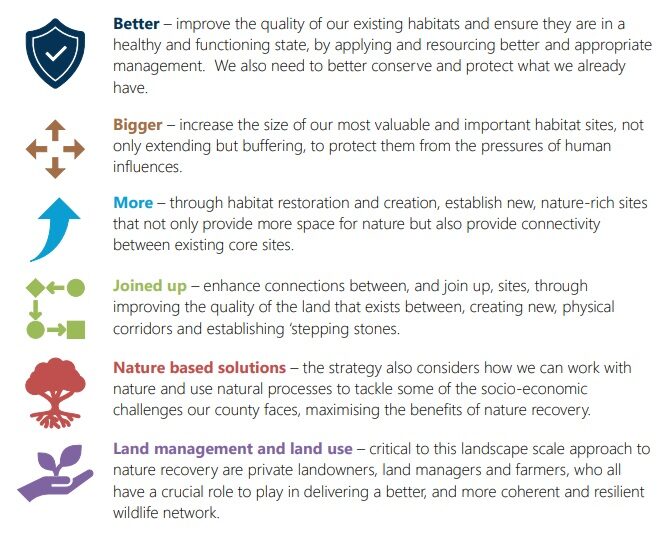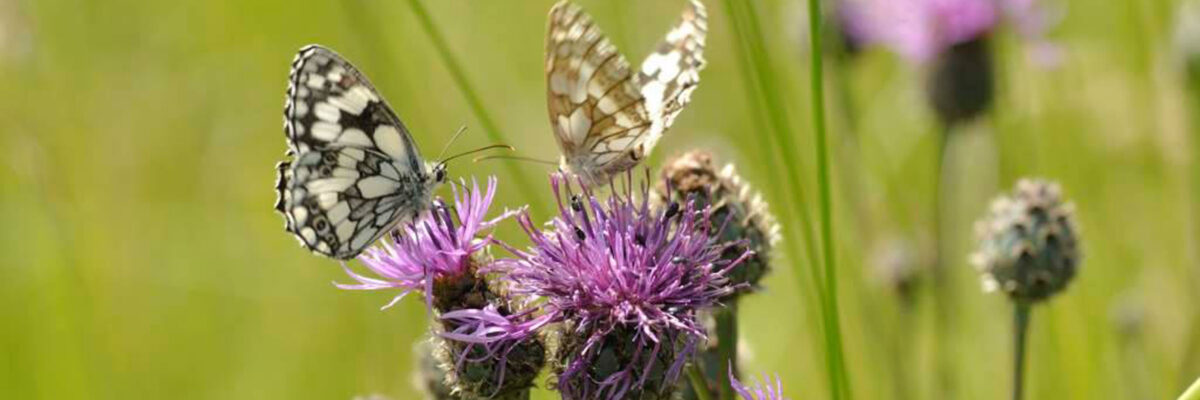The draft Priorities and Potential Measures for the Kent and Medway LNRS are now published!
30 July 2024
Following all your vital input to our Priorities and Potential Measures workshops in May, where over 200 people representing 149 different organisations, bodies, businesses, affiliations etc, helped shape our final priorities shortlist and identify actions their delivery, we are delighted to publish the draft Priorities and Potential Measures for the Kent and Medway LNRS.
Kent & Medway LNRS Priorities and measures draft 1.2 July-24
We have set out how we will use the principles of Lawton – better, bigger, more and joined up – across the local nature recovery strategy to support biodiversity, ensuring that our habitats and species have the ability and space to respond to the impacts of climate change and other pressures, increasing their resilience and enabling dynamic habitats and species that are able to adapt. The overarching principles delivered by the Kent and Medway Local Nature Recovery Strategy are:

Every priority not only states what outcomes we want to see for the many different habitats we have across the county but also identifies potential measures (actions) for these habitats, that together will contribute to the delivery of these principles.
We will continue to refine and edit the draft, reviewing all the potential measures with delivery partners and county experts to ensure that they are appropriate, practical, feasible and deliverable. Whilst there may also be some tweaking of the priority wording, it is anticipated that the LNRS priorities will not now change.
We have been blown away by the level of engagement and support all our stakeholders have given to the development of these – we hope we have represented your aspirations fully. If you do have any comments you would like to make on the draft, please contact the project on makingspacefornature@kent.gov.uk (the deadline for comments is 18th August 2024).
The next stage is identifying where these actions should be focused, to deliver the best outcomes for nature and wider environmental goals. So mapping of the actions now begins, to enable the final stage of the LNRS work to be completed – identifying the “areas that could become of importance for biodiversity”. These draft opportunity areas for nature recovery will be published in September and reviewed with stakeholders in our final set of LNRS development workshops. See our eventbrite page for more details and registration.
We have also published the May workshop reports, all available from the Get Involved section of the website.
Popular articles
Proposed approach for shortlisting priorities for nature recovery published
The Making Space for Nature project has been working with stakeholders to…
MS4N first milestone completed! Areas of importance for biodiversity mapped.
The MS4N project is delighted to have completed its first project milestone…
Haven’t been able to get to a workshop – you can still get involved!
There’s still one workshop of the pressures and priorities series left –…

